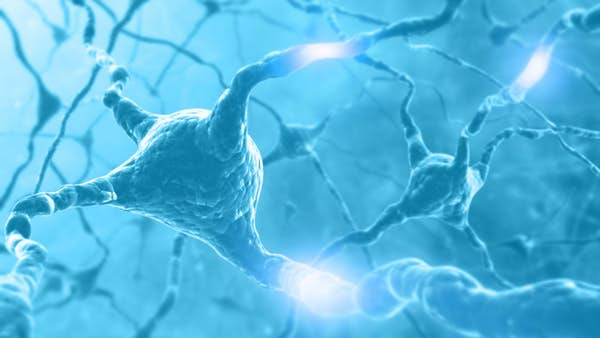The iPhone isn’t selling as well as Apple expected. Tim Cook blames China’s cooling-down economy, but a lot of users say it’s because the phone are too expensive for the features they offer.
Apple shares plummeted after CEO Tim Cook revealed that the iPhone maker expects a drop of up to $9bn in revenue compared to its November report. More affordable battery replacements are to blame, among other things.
Apple stated that it now expects a revenue of approximately $84 billion in the first quarter of 2019, down from its previous estimate of $89bn to $93bn. Markets have reacted swiftly to the news, sending Apple shares into a 7.5-percent nosedive.
Explaining the causes behind the revision, Cook almost squarely blamed the expected drop in sales on the economic slowdown in mainland China, a key emerging market for Apple smartphones.









